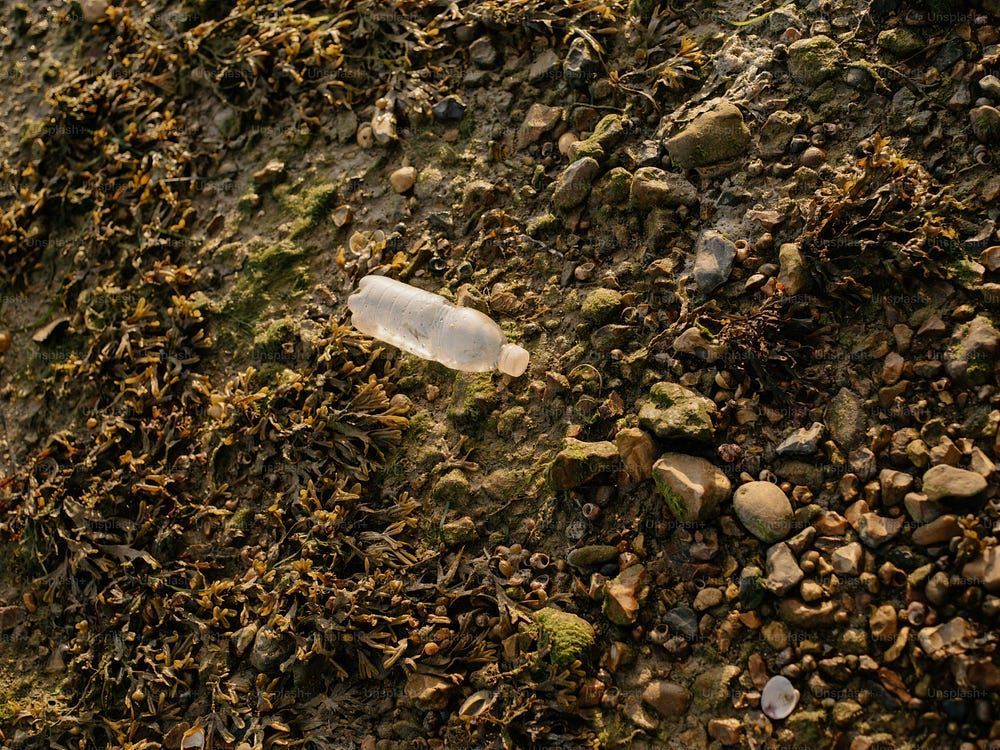How Does Plastic-Eating Fungus Help to Break the Toughest Plastics in Just Weeks?Eco-Friendly Fungus

The eco-friendly fungus, Pestalotiopsis microspora, also known as a plant-eating fungus, possesses remarkable degrading properties. It is capable of breaking down complex plastics, such as polyurethane and polypropylene, into simpler compounds. This fungus shows great potential for bioremediation and sustainable management, providing viable solutions to significant environmental challenges.
About the Pestalotiopsis microspora
- Pestalotiopsis microspora belongs to the genera Aspergillus and Pestalotiopsis.2. It was discovered in the Amazon rainforest and thrives in low-oxygen environments.3. It utilizes a process known as mycoremediation.4. This eco-friendly fungus has the potential to break down microplastics.
How does Pestalotiopsis microspora work?
Important fact about Pestalotiopsis microspora
Plastic-eating microspora is edible in nature from a safety aspect, and the mycoremediation process through mushrooms can solve two of the world’s greatest problems: food scarcity and plastic waste management.
Comments
Post a Comment
Please do not enter any spam link in the comment box.